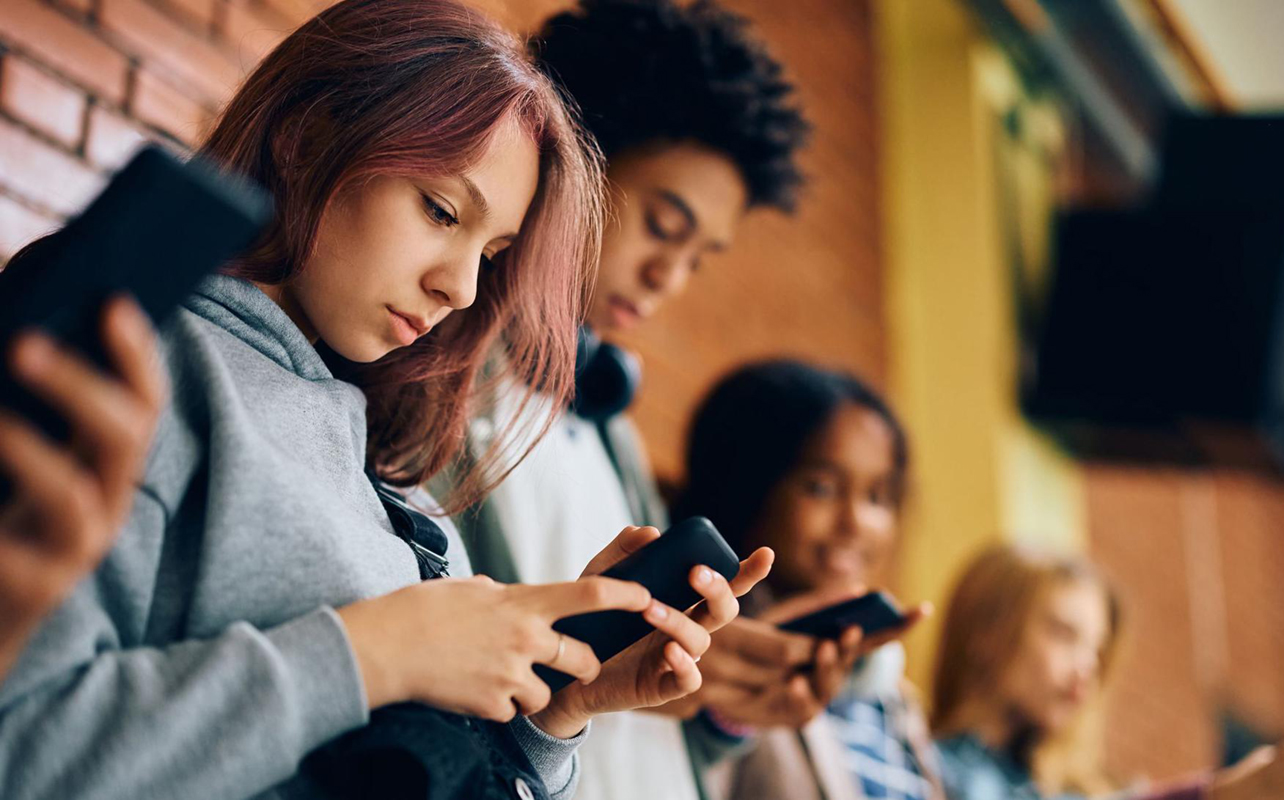
There comes a time when getting a first phone for your child will become inevitable. Whether they are walking to and from school on their own, going out independently with friends, heading away on a school trip, or attending sports practices, a phone with a cellular plan provides peace of mind and security. Along with finding the right kid-friendly phone, you also want an appropriate plan that won’t cost an arm and a leg.
When is your child ready for a phone? What important safety features should you consider? Are there child-friendly phone plans available to help save money? Let’s dive in.
Is your child ready for a smartphone?
In a recent US survey by Pew Research Center, most data suggests that a child is ready for a phone anywhere between the ages of 12 and 14. But it comes down to maturity and responsibility.
My son received his first phone at age 12. It was around this time that he was starting to walk to school with friends, going out for lunch, and going to places like the movies, mall, or local park. The phone provided peace-of-mind since I could contact him and keep track of his location. But it didn’t come without concessions. He needed to be aware of cyber security. There are limits on app purchases and screen time usage. And he must practice responsible use.
Must-have features in a first phone
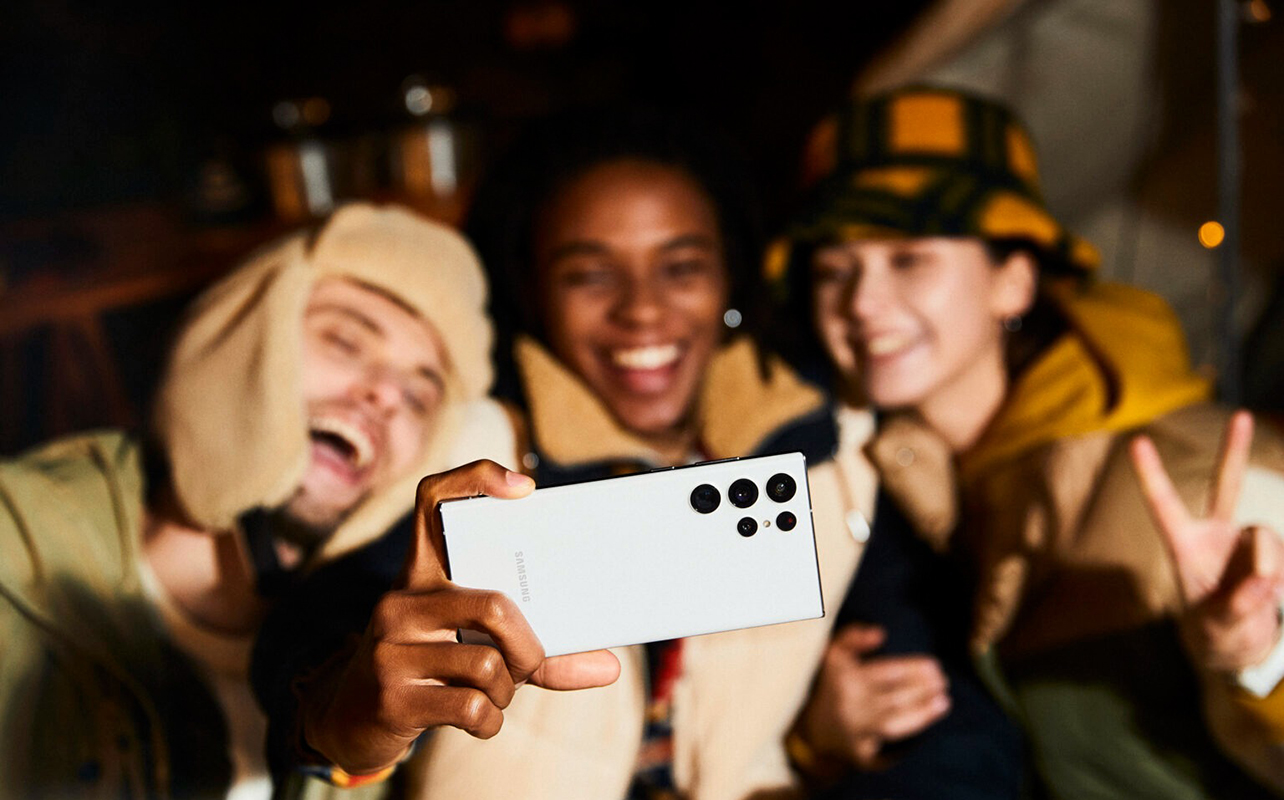
Your child might be clamoring for a specific device, and most of the latest ones have all the right features. When choosing the best phones for students, make sure these essential ones are included.
Parental control capability
Many phones have native parental control features in the settings app. You can set things like screen time limits, block access to unsafe or inappropriate websites, and require permission to download apps. You can also link the phone to your parent device to monitor usage. There are phones designed specifically for kids that limit access out of the box. There are also third-party paid parental control apps if you want to take it a step further.
Durability and repairability
The phone itself should be durable with at least an IP68 rating. Always invest in a durable case as well as a screen protector. Phones that are easily repaired, whether it’s for a cracked screen or malfunctioning battery, are important. Look into extended warranty options.
Long OS and security support
You want the device to last for a long time versus becoming quickly outdated. Brands like Google Pixel and Samsung Galaxy offer phones with seven years of software and security updates. Look for a model with at least four years of support to avoid premature replacement.
Emergency/location tools
Ensure it has GPS tracking through services like Apple’s Find My. I use this feature in my iPhone to see where my son is at any given time, like on route walking home. It’s important to find a reliable carrier with widespread coverage. SOS shortcuts are useful, too, in case of emergency.
Budget and upgrade flexibility
Consider getting an unlocked phone yet don’t spend more than $400 on your child’s first. (It’s important to test the waters.) If you want a premium option that costs more, consider a refurbished phone, trade-in deals with your old phone, or a hand-me-down.
Best phone types for your kids
Kids might want a particular phone, but that doesn’t mean that’s what they’ll get. The compromise is that you can choose a phone that’s most appropriate for their age.
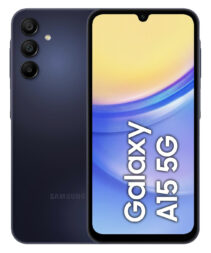
Entry-level mainstream smartphone
Best for: Ages 11-15
Kids get full ecosystem access with these phones, which usually include premium features. But they often aren’t as durable as higher-end models. They won’t have as great cameras and battery life might not be as long. Some good options in this space include the Google Pixel 8a, iPhone SE (3rd Generation), and Samsung Galaxy A15 5G.
- Pros: Usually good value for money and gets kids into an ecosystem they want.
- Watch out: Many are older models, so they might not have as much software and security support left.
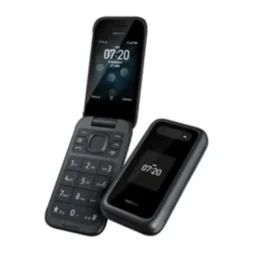
Basic call & text device
Best for: Ages 8-11 or teens who need a digital detox
Your kids can connect with you with a basic call and text feature. There is little to no access to web browsing or social media apps. Good options in this space include the Nokia 2660 Flip or the TCL Flip.
- Pros: Limits distractions, long battery life.
- Watch out: Older teens may push back, could be too limiting.
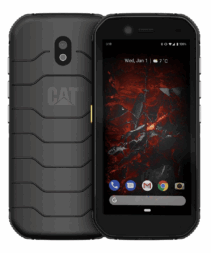
Rugged ultra-durable phone
Best for: active kids, camps
Kids who are very active, like those that attend camps or play sports, or teens who are working in trade training, will appreciate an ultra-rugged and durable phone. These are shock- and water-resistant, with the highest rating possible. Kids can drop and bump the phones and they devices can withstand a lot. The CAT S42H and other similar phones are typically designed for field workers, but extra-active kids can benefit from them.
- Pros: Hard to break.
- Watch out: Design can be big and bulky
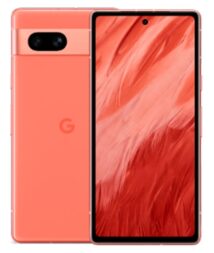
Previous-gen phones
Best for teens
All the latest brands have lines that include a good, better, best option. If you look for a good option from their previous generations, you might be able to find pretty sweet deals. Consider two- or three-generation old phones like the Samsung Galaxy S22, iPhone 13, or Google Pixel 7a. Don’t forget to monitor your teen’s data usage to help keep bills low.
- Pros: Premium phone for less, option for family deals with multiple phones
- Watch out: With limited software support left, it’s important to check how many years of OS/security updates remain
How we decide what’s best
At Best Buy Canada, curating a “Best of” or “Top X” list is a thoughtful and transparent process. We evaluate products based on brand reputation, popularity, customer interest, and relevance within their category. Our bloggers then bring deep product knowledge and hands-on experience to help identify the best options for you.
Testing goes far beyond unboxing—products are used in real-world scenarios, with our bloggers putting themselves in your shoes to better understand how a device or accessory performs day to day and whether it meets expectations. Where possible, they compare similar models and assess key factors such as design, performance, and category-specific features to offer well-rounded, informed recommendations. For niche or new product categories where broader hands-on testing might not be possible within that category as a whole, our skilled bloggers evaluate the products using every objective method they can.
In some cases, a blogger may not have direct experience with a specific product. When that happens, they draw on broader expertise, such as time spent with comparable items, an understanding of the brand’s current lineup, and its overall reputation. We also draw on insights from Best Buy’s in-house category experts and aggregate feedback from both trusted reviewers and customer ratings to make the best selections.
We’ll always be clear about the basis of our recommendations—whether they stem from first-hand testing or extensive research. Authenticity matters to us. Every “Best of” guide is built on objective insights, product knowledge, and a commitment to helping you make confident buying decisions.
Choosing the right plan
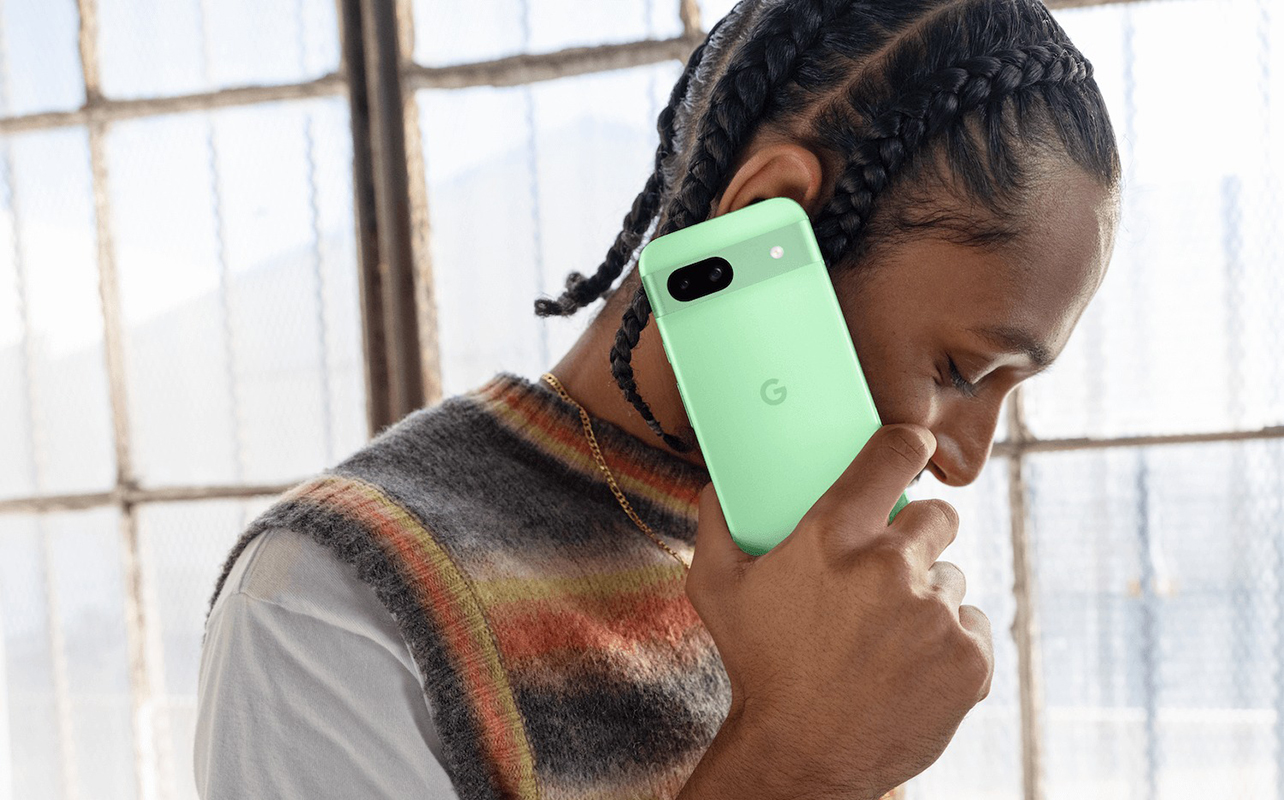
Once you have the right phone in mind, now it comes time for a cellular service plan. You’ll want to choose among the best phone plans for students in Canada. Weigh the pros and cons between prepaid versus shared/family buckets. With prepaid, there’s a set amount of usage and once it’s done, it’s done. With shared/family buckets, if one person goes “over” one month, another who hasn’t used as much can compensate.
A good option is Bring Your Own Device plans, which allow you to bring the phone you want, whether it’s your old phone or one you’ve found for a great deal, and save. For data, start with about 25GB per month to provide a buffer. If you have strict parental controls in place, you can get away with 10GB. Ensure they latch onto secure Wi-Fi networks when available, like at home or school, to conserve.
Set-up checklist for parents
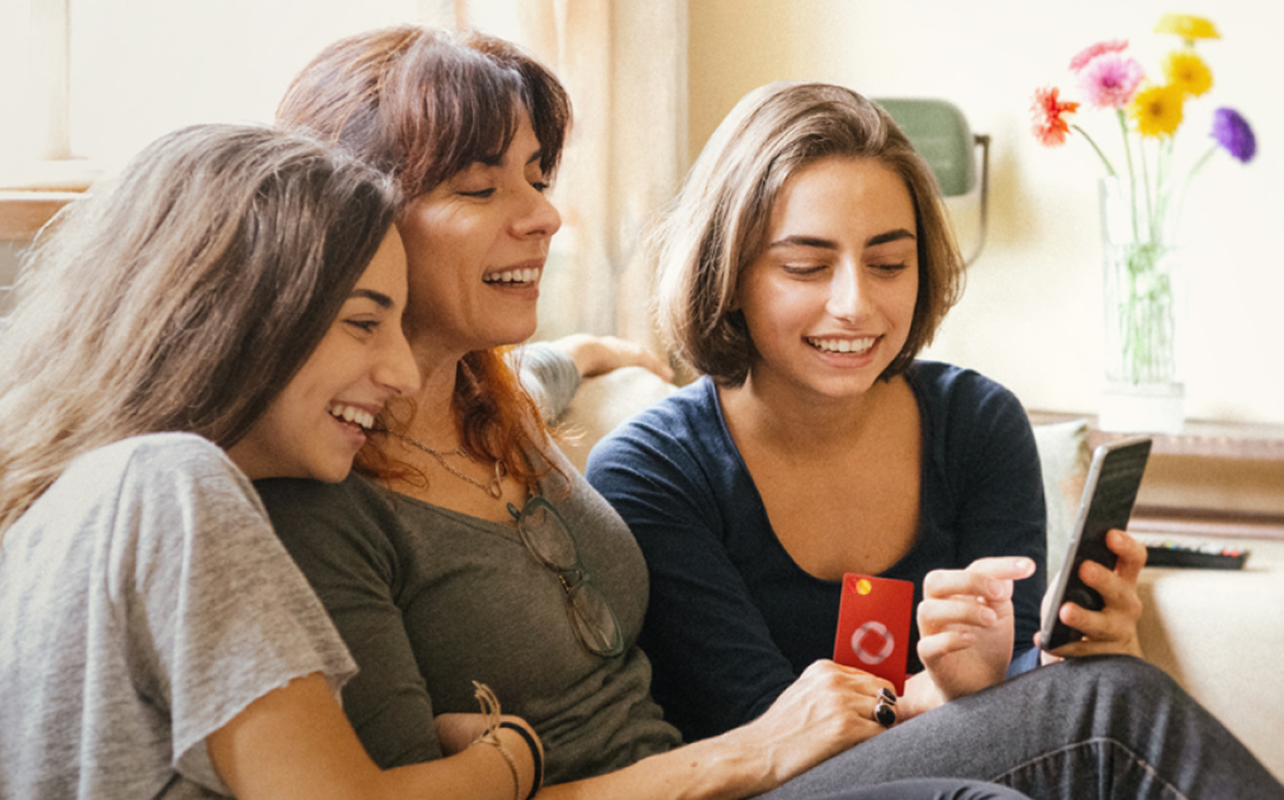
With the phone in hand and a plan set up, it’s time to get the phone ready. Follow these steps to get started.
1. Enable passcodes and FaceID for security. With FaceID, you can set up not only the primary face but also an alternate appearance. This might include a child without glasses or while wearing a mask, but could also include a parent so they can unlock the phone, too. If you don’t feel safe allowing your child to register for FaceID or biometric fingerprint, you can use a PIN code or with some phones, PIN pattern.
2. Turn on location sharing and emergency contacts. Add yourself to location sharing contacts. With apps like Apple’s Find My, you can see your child’s location from your phone, tablet, or computer using the app to confirm they’re in school, for example, or where they are on route walking home. Make sure your child doesn’t turn location sharing off.
3. Set Screen Time (iPhone) or Family Link (Android) limits. Start with bigger restrictions and slowly ease them as the child proves responsible usage. These can be changed at any time and can only be accessed by the parent through password or PIN protection.
4. Restrict in-app purchases. Disable in-app purchases, add a spending cap, or set it up such that you must provide approval before an app is downloaded. This allows parents to keep a lid on excessive in-app purchases and to vet apps to ensure they are safe and age-appropriate before a child downloads one.
5. Educate your child about smartphone and online etiquette and safety. This includes only using the phone at appropriate times (not at the dinner table!), being mindful of what photos and videos they take and post online, using passwords whenever available and keeping them in a safe and secure place, and putting the phone on vibrate to avoid distracting others.
FAQs
Got more questions? Here are some of the most frequently asked ones:
What age is best for a first phone?
According to a recent US survey by Pew Research Centre, 12-14 is the best age for a child to first get a cell phone. But what’s most important is readiness, responsibility, and maturity. You know your own child and can gauge when they are ready.
Is a kids’ only phone safer than an iPhone?
Kids only phones are purpose-built for younger kids, designed to limit browser/app access to only a few choices, or block them altogether. If you configure a mainstream phone, like an iPhone to do the same, you can get a similar experience. The benefit with the latter is that you can ease restrictions as the child proves responsibility or gets older.
How much should I spend on a first phone?
Look for something under $400 for the hardware, unless you can get a deal bundled with a plan or as part of a family plan. Once your child has shown that they can practice responsible use, you can look into more expensive options.
Can my child keep the same number if we upgrade later?
Yes! Even if you change carriers, you can port the old number over to the new one. This is free and mandatory under the Wireless Code in Canada.
Find the child-friendly phone that suits their needs
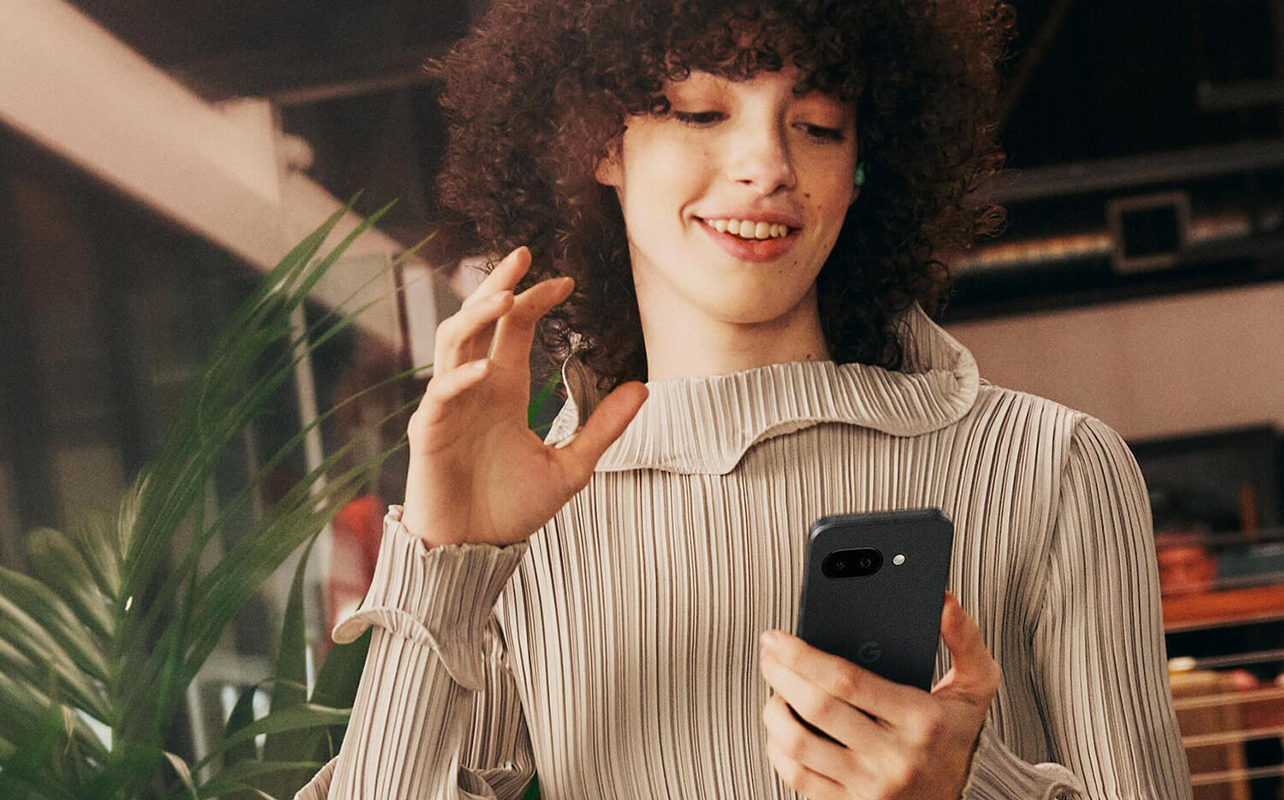
The first step is to determine if your child is ready for a phone. You can start by giving them an old phone that is only connected via Wi-Fi without a SIM card to test the waters. Once you decide they’re ready, look for the right phone type and ensure it has the most important features. Then, it’s time to choose a plan. The good news is that you can adjust plans as your needs change. Finally, work with your child to set up the phone with all the right security measures. And most important, reiterate safe and responsible use.
Check out our kid-friendly phones at Best Buy Canada.





